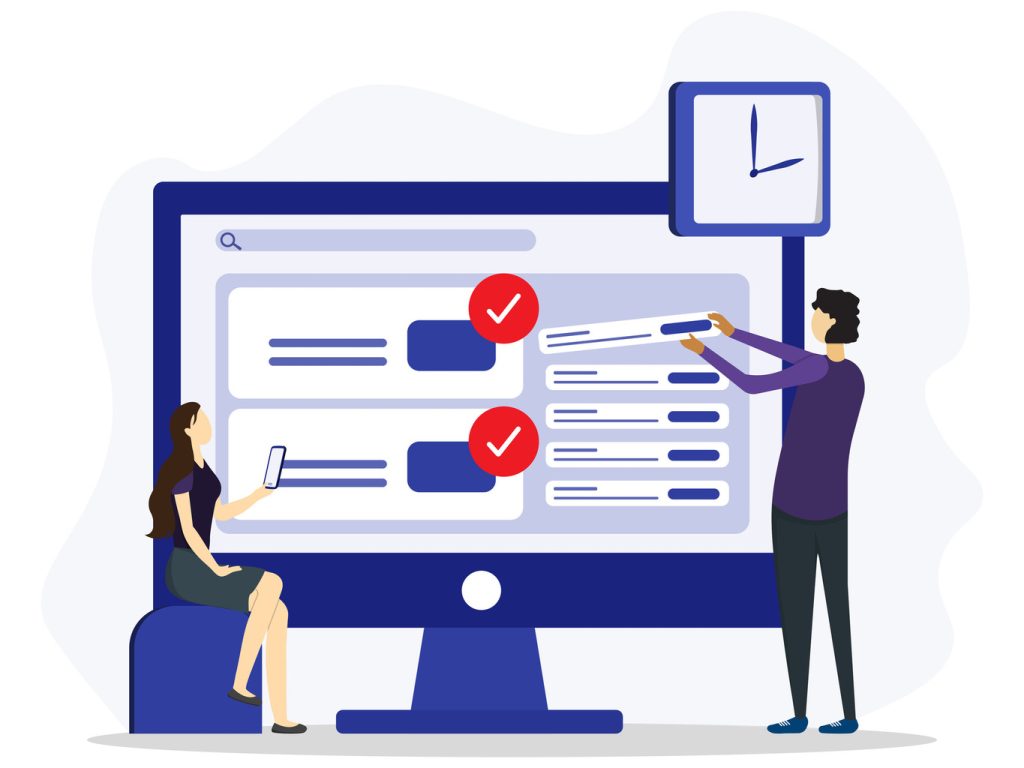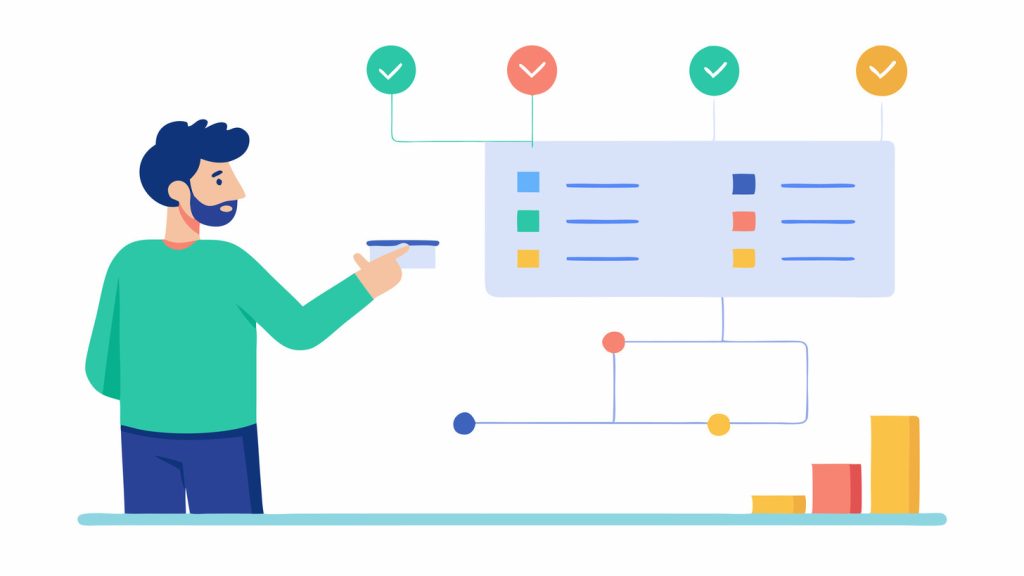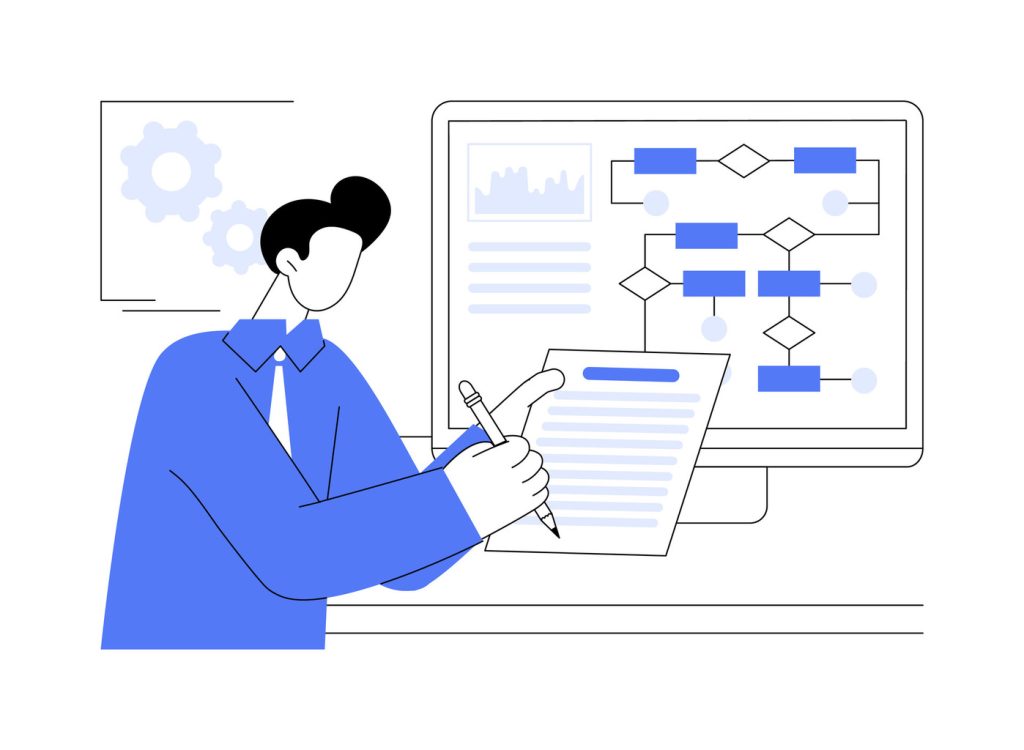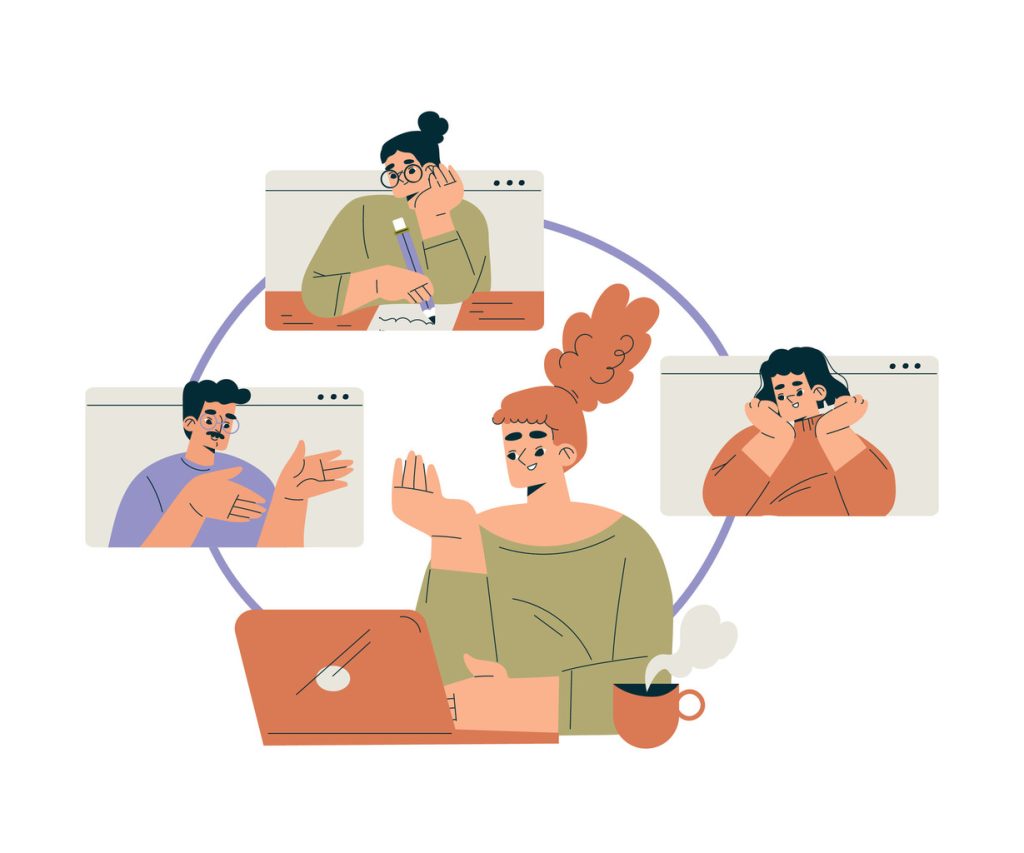Optimize Support with Ticket Priority Management Best Practices

Effective customer service hinges on organizing workflows to address urgent needs without sacrificing quality. Teams that master this balance reduce resolution times, boost satisfaction, and strengthen client trust. A structured approach to handling inquiries ensures technical issues don’t escalate, protecting both productivity and brand reputation.
Prioritization transforms chaotic workflows into streamlined operations. By categorizing requests based on severity and impact, teams allocate resources strategically. This method prevents critical problems from getting buried under less urgent tasks, creating a customer-first culture that drives measurable results.
Businesses thrive when support systems align with operational capacity. Overloading agents leads to burnout and missed deadlines, while underutilization wastes talent. The right framework scales with growth, adapting to seasonal spikes or evolving client demands without compromising service standards.
Data shows companies with organized processes see 23% higher retention rates than reactive competitors. Clear guidelines empower agents to act decisively, reducing escalations and fostering accountability. This proactive mindset builds lasting client relationships while optimizing internal efficiency.
Key Takeaways
- Structured workflows prevent critical customer issues from being overlooked
- Resource alignment reduces team burnout while maintaining service quality
- Scalable systems adapt to business growth and fluctuating demand
- Data-driven prioritization improves resolution times by 35% on average
- Clear escalation protocols empower agents to make confident decisions
Introduction to Ticket Priority Management

Businesses that systematically categorize client requests unlock faster resolutions and stronger trust. By sorting inquiries based on urgency, teams transform chaotic workflows into strategic action plans. This approach ensures critical customer issues never linger while maintaining service quality for all users.
The Role of Prioritization in Support
Structured systems empower support teams to act decisively during high-pressure scenarios. When agents know which tasks demand immediate attention, they resolve 42% more cases per shift according to recent tech industry reports. Clear guidelines eliminate guesswork, letting teams focus energy where it creates maximum impact.
Resource allocation becomes intentional rather than reactive. Teams handling system outages or billing errors first prevent minor problems from escalating. This method reduces backlog stress while keeping response times under 2 hours for urgent matters.
How It Impacts Customer Satisfaction
Clients remember how quickly their pressing concerns get addressed. A retail study showed brands with tiered response systems achieve 19% higher satisfaction scores than peers using first-come-first-served models. Predictable resolution timelines build confidence, turning frustrated users into loyal advocates.
Consistency matters as much as speed. When customers see identical priority frameworks applied across channels, they perceive fairness in service delivery. This transparency strengthens relationships and reduces complaint volumes by 31% year-over-year.
Key Components of an Effective Ticket Priority Management System
A well-designed tier system ensures urgent problems receive immediate attention while maintaining service quality. By mapping inquiries to specific categories, teams allocate resources where they deliver maximum value. This architecture prevents critical system failures from being overshadowed by routine tasks.
Understanding Priority Levels and Tiers
Most frameworks use three core designations:
- Severe Impact (Tier 1): Complete service disruption with no workarounds. Example: Payment processing failures affecting 1,000+ customer accounts
- Moderate Impact (Tier 2): Partial functionality loss affecting multiple users. Example: Feature errors in SaaS platforms blocking workflow progress
- Minimal Impact (Tier 3): Isolated incidents with available solutions. Example: Password reset requests resolved via self-service portals
Establishing Clear Criteria for Ticket Urgency
Effective guidelines evaluate two factors:
- Business consequences: Revenue loss risks or contractual obligations
- Technical severity: Number of users affected and system availability
Teams should document decision trees that combine these elements. For instance, a banking app outage affecting 10,000 users automatically triggers Tier 1 protocols.
Regular reviews keep frameworks aligned with evolving customer needs. This adaptability ensures consistent service delivery across all channels.
Importance of Ticket Priority Management for U.S. Support Teams

American support teams navigate complex operational landscapes, balancing diverse customer expectations with strict compliance demands. A 2023 Zendesk study found 64% of U.S. consumers abandon brands after two unresolved issues, highlighting the stakes of efficient workflows.
Three critical challenges shape this environment:
- Multistate operations requiring 24/7 coverage across time zones
- Industry-specific regulations like HIPAA or PCI-DSS mandating precise documentation
- Cultural expectations for instant resolutions in sectors like e-commerce
Structured frameworks help teams overcome these hurdles. Financial institutions using tiered systems resolve compliance-related cases 40% faster than peers, according to Forrester data. This precision prevents costly penalties while maintaining trust.
“Companies using tiered frameworks retain 28% more clients annually in competitive markets.”
Resource optimization directly impacts profitability. Inefficient workflows drain $12.7B yearly from U.S. businesses through wasted labor hours and escalations. Proper categorization slashes these costs by aligning agent skills with case complexity.
Scalability remains vital for growing enterprises. Cloud-based tools enable seamless integration with existing CRMs, ensuring support quality remains consistent during expansion phases. This adaptability future-proofs operations against shifting consumer demands.
Mapping Out High, Medium, and Low Priority Levels
Clear classification frameworks transform how teams address client needs efficiently. By distinguishing urgency tiers, organizations ensure critical customer issues receive immediate attention while maintaining service standards across all inquiries. This approach reduces decision fatigue for agents and builds trust through predictable response patterns.
Defining Tiered Response Categories
Effective systems use three core designations to guide resource allocation:
- High-priority tickets: Severe disruptions with no workarounds (e.g., payment system crashes)
- Medium-tier issues: Functional limitations requiring quick fixes (e.g., feature errors blocking workflows)
- Low-urgency requests: Non-critical questions resolved through self-service (e.g., account updates)
| Level | Definition | Business Impact | Example |
|---|---|---|---|
| High | Complete service blockage | Revenue loss risk | E-commerce checkout failure |
| Medium | Partial functionality loss | User productivity decline | Mobile app login errors |
| Low | General inquiries | Minimal operational effect | FAQ clarification requests |
Real-World Application Strategies
A SaaS company reduced escalations by 47% using visual decision trees. Their framework included:
- Automated severity scoring based on user-reported symptoms
- Channel-specific thresholds for chat vs. email inquiries
- Quarterly scenario reviews to align with product updates
Teams using these methods resolve high-priority tickets 58% faster than industry averages. Consistent definitions across platforms prevent confusion while allowing flexibility for unique customer circumstances.
Implementing a Tier-Based Support System
Strategic workflows thrive when organizations match expertise with urgency. Tiered structures allow teams to resolve simple issues quickly while reserving specialized skills for complex challenges. This approach balances workloads and prevents burnout – a key factor in maintaining customer satisfaction during peak demand periods.
Automation and Routing Strategies
Intelligent systems analyze incoming requests using predefined criteria like:
- Issue complexity (basic troubleshooting vs. technical failures)
- Agent skill levels and current caseloads
- Contractual obligations or service-level commitments
For example, a telecom company reduced resolution times by 33% using workflow automation that routes billing disputes to senior agents and signal issues to field technicians. Real-time dashboards help managers redistribute tasks during sudden volume spikes.
Establishing Escalation Protocols
Clear handoff processes ensure critical context transfers between support tiers. Effective frameworks include:
- Time-based triggers for unresolved cases
- Automatic priority boosts for recurring complaints
- Cross-team collaboration channels for multi-department issues
A healthcare software provider improved first-contact resolution by 28% using tier-jumping protocols for urgent patient data requests. Their system flags high-risk cases for immediate specialist review while maintaining standard workflows for routine inquiries.
“Teams using dynamic routing see 41% faster escalations than manual systems.”
Regular audits keep these systems aligned with evolving business needs. Monthly reviews of escalation patterns help identify training opportunities or process bottlenecks before they impact customer experiences.
Developing Robust SLA and Priority Guidelines

Measurable standards drive service excellence while protecting teams from overload. Organizations that align response timelines with operational capabilities deliver faster resolutions without compromising quality. This balance transforms vague promises into actionable benchmarks customers trust.
Setting Service-Level Agreements (SLAs)
Effective SLAs define specific targets for each urgency tier. A retail tech company improved first-response rates by 39% using these criteria:
- Critical cases: 1-hour response, 4-hour resolution
- Standard inquiries: 4-hour response, 24-hour resolution
- Low-impact requests: 8-hour response, 72-hour resolution
Automated alerts notify managers when cases approach deadline thresholds. This prevents backlog buildup while maintaining realistic expectations for both staff and clients.
Tracking Ticket Lifecycles Effectively
Visibility into case progression identifies bottlenecks before they escalate. Cloud-based dashboards display real-time metrics like:
| Metric | High Priority | Standard |
|---|---|---|
| Avg. Response Time | 47 minutes | 3.2 hours |
| Resolution Rate | 89% | 94% |
Time-based escalation rules automatically boost stagnant cases. For example, unanswered queries jump tiers after 12 hours, ensuring no client concern gets overlooked. Teams using these methods maintain 97% SLA compliance across all support channels.
Training and Empowering Your Support Team

Mastering service workflows requires continuous skill development paired with operational trust. Seasoned teams combine classroom learning with simulated crisis drills, ensuring agents internalize protocols before facing real customer issues. This proactive approach reduces misclassification rates by 39% according to Forrester research.
Interactive workshops prove most effective for reinforcing guidelines. Agents practice categorizing scenarios like system outages versus feature requests using decision trees. Managers provide instant feedback, sharpening judgment under pressure. These exercises build muscle memory for handling high-stakes escalations.
“Organizations with simulation-based training resolve 52% more tier-one cases correctly on first contact.”
Three empowerment strategies drive long-term success:
- Skill-based routing matches complex inquiries with specialists
- Real-time knowledge bases offer instant protocol access during calls
- Peer review sessions dissect challenging cases weekly
Performance metrics should reward accuracy and speed equally. Top-tier companies track resolution quality alongside response times, balancing efficiency with customer satisfaction. Gamified dashboards motivate teams while highlighting coaching opportunities.
Ongoing education keeps frameworks relevant. Monthly workshops update agents on product changes and revised criteria. This investment pays dividends – teams with quarterly recertification maintain 94% classification accuracy versus 68% for peers.
Leveraging Help Desk Tools for Effective Management
Modern support teams achieve operational excellence by merging advanced help desk tools with strategic workflows. These platforms transform chaotic inquiry streams into structured action plans, ensuring urgent client needs receive immediate attention. Businesses using these systems resolve 41% more cases daily while maintaining personalized service standards.
Choosing the Right Automation Tools
Leading help desk solutions offer dynamic routing features that analyze inquiry patterns and agent availability. For example, platforms like Zendesk automatically escalate recurring issues to senior staff, reducing resolution times by 28%. Key evaluation criteria include:
- Machine learning capabilities that refine routing accuracy over time
- Integration with existing CRM and communication channels
- Real-time analytics dashboards for workload balancing
Financial institutions using intelligent automation report 35% fewer escalations and 19% higher customer satisfaction scores. These tools maintain service consistency during staff transitions or seasonal demand spikes.
Integrating Self-Service Options
Knowledge bases and AI chatbots handle 30% of routine inquiries without agent involvement. Retail brands using self-service portals see 22% faster resolution rates for common product questions. Effective implementation requires:
- Regular content updates aligned with emerging customer needs
- Multichannel accessibility across web and mobile platforms
- Clear escalation paths for complex issues
Teams combining automation with human oversight achieve 94% first-contact resolution rates. This hybrid approach preserves brand voice while optimizing resource allocation across all support tiers.

